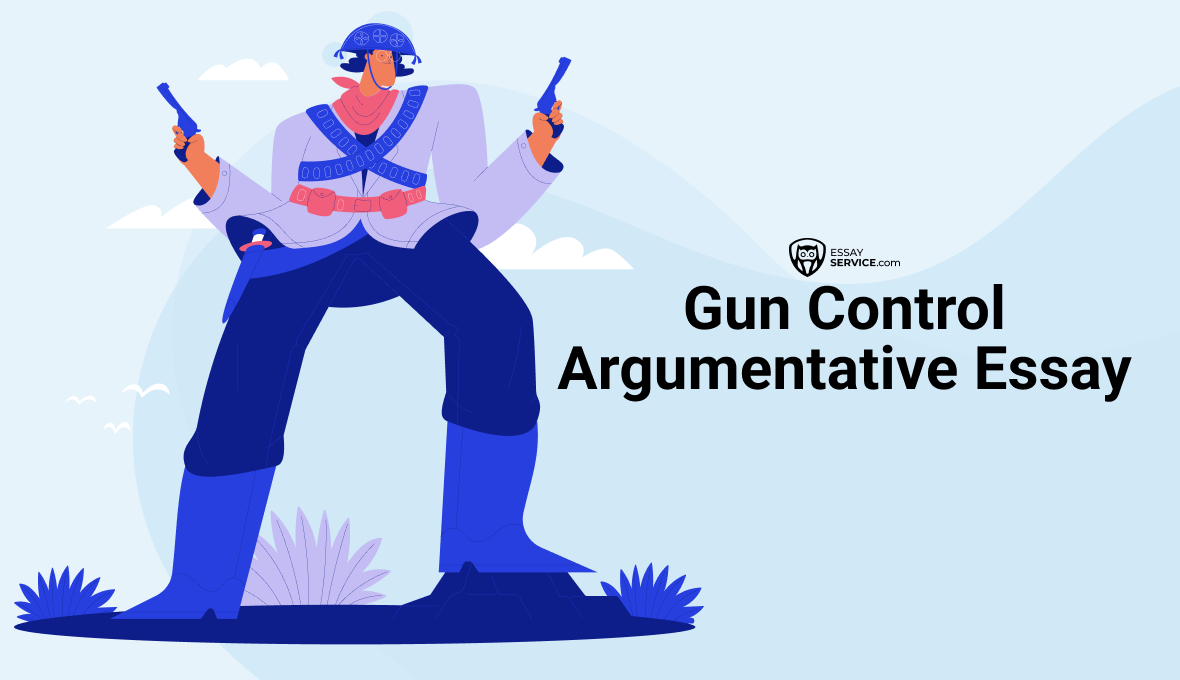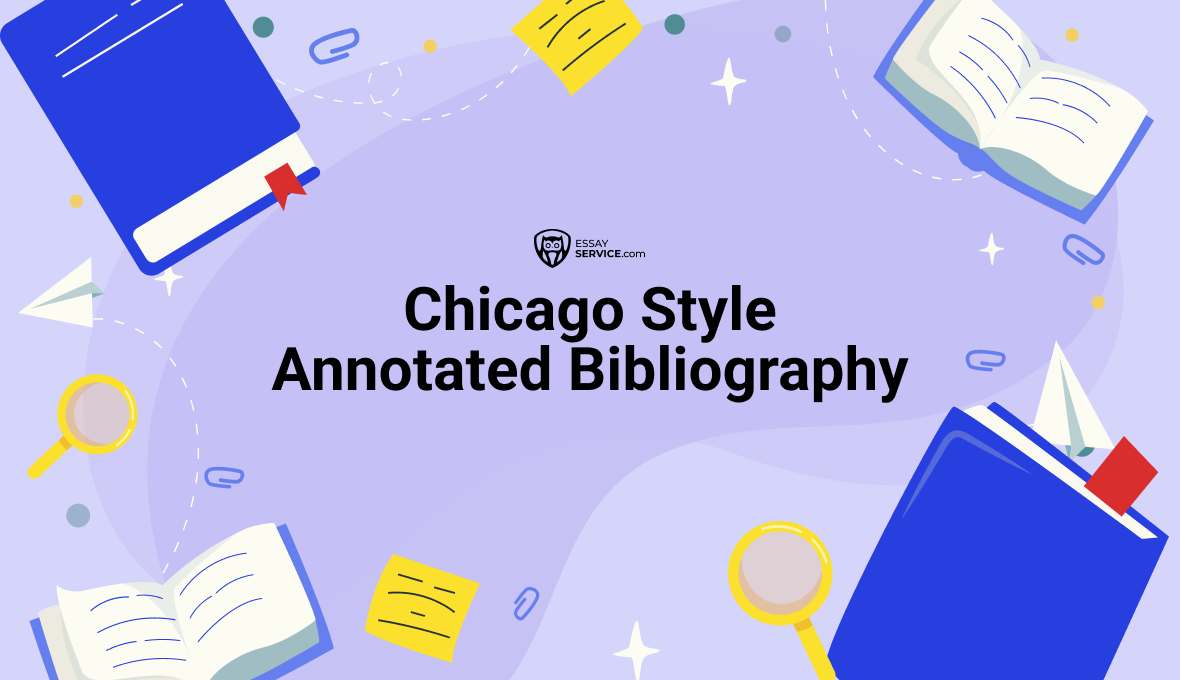.png)
How to Write a Cover Letter for an Essay with Examples
When it comes to crafting an essay, your work isn't just about the content. Sometimes, you need to present your essay in a more formal, polished way—this is where a cover letter comes in. Here's a brief breakdown of a cover letter for essay:
- Check the guidelines provided by your instructor
- Start with your contact information
- Address the recipient
- Write an engaging opening
- Highlight key points
- Conclude professionally
In this article, we'll guide you through the steps needed to write a compelling cover letter. By the end, you'll be ready to write one that complements your essay and helps your readers connect with your message. And, if you're struggling with any part of your assignment, we've got you covered with expert assistance for any type of essay you need.
What is a Cover Letter for an Essay?
A cover letter for an essay is a brief, one-page document that introduces the essay, providing context and insight into your thoughts and approach. In a cover letter, you usually explain the purpose of the essay—what you're aiming to achieve. Maybe you're addressing a particular question, solving a problem, or offering a fresh perspective on a subject. You might also mention the sources you used or the methods you applied in your research.
Another key part of the cover letter is showing your personal engagement with the topic. Why did you choose to write about it? Was there something that inspired you? Sharing this helps create a connection with the reader before they dive into the essay itself.
Remember, the cover letter should be professional but conversational. It doesn't have to sound stiff or overly formal. You're simply setting the stage for the reader, making it easier for them to understand and appreciate what you've written. If you need help writing one, you can always use our paper writing service.
Purpose and Benefits of Including a Cover Letter
Including an essay cover letter adds value to your submission. It helps set the tone for what the reader is about to encounter and gives them a clearer sense of what to expect.
- Introduces the Essay's Context: A cover letter gives the reader a quick overview of your essay's purpose and scope. It's a way to make sure the reader knows right from the start what your essay aims to do, so they don't go in with any confusion.
- Highlights the Key Points of the Essay: It can be easy for key ideas to get lost in a lengthy or complex essay. By using a cover letter, you help the reader focus on your main arguments or insights. Highlighting the most important points gives the reader a roadmap to your work, allowing them to engage with the content more effectively.
- Adds a Professional Touch: A well-written cover letter reflects that you've put thought into not only the essay itself but also how you're presenting it. This can make a difference in academic submissions, where structure and clarity matter just as much as content. It shows that you're serious about your work and considerate of the reader's experience.

How to Write a Cover Letter for an Essay?
Writing a cover letter for essay is simpler than it might seem. The key is to keep it clear, professional and focused on giving the reader a quick introduction to your work. Here's a step-by-step guide to help you write an effective letter:
- Write your heading and add your contact details.
- Use a formal greeting to address the recipient.
- Start with a clear introduction that states your essay's title and purpose.
- Briefly summarize the main points in the body section.
- End with a professional conclusion.
- Close with a polite statement.
Step 1: Write the Heading and Contact Information
The first step in crafting your essay cover letter is setting up the heading, which includes your contact information. Start by placing your contact information at the top left corner of the page. List your full name, followed by your address, email, and phone number.
After your details, skip a line. Then, add the recipient's information—beginning with their name, followed by their position, the department they work in, and the institution they're a part of. If you don't have their specific name, addressing the department or committee works just as well.
This setup not only organizes your letter but also signals professionalism. It's a simple step, but it makes a big difference in how your cover letter is received.
See the related article about how to start writing a formal email.
Step 2: Use a Proper Salutation
The salutation is how you address the recipient, and getting this right sets the tone for the rest of the letter. If you know who will be reading your essay, begin with "Dear [Name/Position]." For example, "Dear Professor Johnson" or "Dear Dr. Murray." This personal touch shows that you've done your research and are addressing the letter directly to the right person.
But if you're unsure of the recipient's name, don't worry. In that case, use a more general greeting. "Dear Admissions Team" or "To Whom It May Concern" works well when you're submitting to a broader audience. While it's not as personal, it still keeps things respectful and professional.
Step 3: Create a Strong Introduction Paragraph
The introduction paragraph is your chance to briefly introduce yourself and set the stage for your essay. Start by sharing your name and any relevant details, such as your major, year of study, or position. This gives the reader a bit of background before diving into your essay.
Next, mention the title of your essay and its purpose. Be clear about why you're submitting it—whether it's for a course, a competition, or a research project. You can also include a sentence or two about why the essay matters to you, helping to show your engagement with the topic.
For example: "My name is [Your Name], and I am a senior majoring in English Literature. I am submitting my essay, titled 'Analyzing Shakespeare's Tragic Heroes,' for the departmental essay competition."
This kind of introduction is straightforward and informative, making it easy for the reader to understand both who you are and what your essay is about.
Step 4: Write the Body Paragraph
The body paragraph of your cover letter gives a brief snapshot of your essay's key arguments or themes. Think of it as a summary that highlights the essence of your work without diving too deep into the details. In 3-4 sentences, give the reader a sense of what your essay covers and why it's important.
Start by summarizing the main arguments or ideas of your essay. What is the central focus? What themes do you explore? Then, mention anything that makes your essay stand out—such as a unique perspective or a new piece of research you've incorporated. This shows that your essay offers something fresh and thoughtful.
For example: "This essay explores the complex motivations behind Shakespeare's tragic heroes, focusing on Hamlet and Macbeth. By analyzing their psychological states, I argue that their flaws reflect the struggle between human ambition and moral boundaries."
Keep it concise, and avoid repeating large chunks of your essay. This section is all about giving the reader a sense of direction so they know what to expect before diving in.
Step 5: Conclude with a Professional Closing Paragraph
To wrap up your cover letter, express gratitude for the reader's time and consideration. A polite closing leaves a positive impression and shows respect for the reader's attention.
In your final paragraph, you can also mention that you're open to feedback or further discussion. This indicates that you're engaged with the topic and willing to expand on your ideas should they want to follow up.
For example: "Thank you for considering my submission. I look forward to any comments you may have and welcome the opportunity to engage in further discussion."
This closing brings everything together in a professional yet approachable way, leaving the door open for future communication. Also, consider the option to buy research paper online from our expert writers if your homework is piling up.
Step 6: Sign Off Professionally
The final step in your cover letter is the sign-off, which should always be professional and polite. This simple closing statement wraps up your letter neatly and leaves a lasting positive impression.
Use a standard closing phrase like "Sincerely," "Best regards," or "Kind regards." These phrases are formal yet friendly, striking the right tone for academic submissions.
If you're submitting a digital copy, follow your closing with your full name. However, if you're submitting a hard copy, make sure to leave some space between the closing and your typed name for a handwritten signature.
For example:
Sincerely,
[Your Name]
This professional sign-off adds a final touch of formality and shows respect for the recipient.
Formatting Guidelines for the Cover Letter
When writing a cover letter essay, the content is important, but so is how it looks on the page. Proper formatting makes it easier to read and presents a polished, professional impression. Let's walk through some key formatting guidelines that will help your cover letter look clean and well-organized.
- Use a Professional Font - Start with a standard, easy-to-read font. Times New Roman or Arial in size 12 is a good choice. These fonts are widely accepted in academic settings, and they keep your letter looking professional and simple. Avoid using any decorative or hard-to-read fonts—this is all about clarity.
- Maintain Standard Margins - Make sure you use 1-inch margins on all sides of the page. This is the standard for most academic and formal documents. It provides a balanced look, giving enough white space around your text without making it feel crowded.
- Proper Spacing - For spacing, keep it simple. Single-space within paragraphs to keep everything tight and readable, but add double-spacing between sections—like after the heading or between paragraphs. This makes the letter easier to follow and adds a sense of structure without overwhelming the reader with blocks of text.
- Keep It Concise - Finally, aim for brevity. The ideal cover letter should fit on one page, with 3-4 paragraphs at most. Remember, the purpose of the cover letter is to give a snapshot of your essay, not to rewrite it. Keep things focused and to the point while still covering all necessary details.
Best Practices and Tips for Writing a Cover Letter for an Essay
Crafting an essay cover letter can be a straightforward task if you keep a few best practices in mind. These tips can help you create a cover letter that not only presents your essay well but also showcases your professionalism.
- Tailor Your Letter: Every essay is different, and so is every submission. Take the time to tailor your cover letter to fit the specific essay and audience. Mention any guidelines or requirements the recipient has set. This shows that you are attentive and serious about your submission.
- Be Clear and Direct: Use clear and straightforward language. Avoid jargon or overly complicated sentences. The goal is to communicate your main points effectively. A direct approach helps the reader grasp the content of your essay quickly.
- Proofread Carefully: Always proofread your cover letter before sending it. Look for spelling and grammatical errors. A clean, error-free letter reflects your attention to detail and seriousness about your work. Consider having someone else read it, too. A fresh pair of eyes can catch mistakes you might have overlooked.
- Use Active Voice: Using active voice makes your writing more engaging and direct. For example, instead of saying, "The essay was written by me," say, "I wrote the essay." This small change can make a big difference in how your letter feels.
- Include Relevant Experience or Background: If applicable, briefly mention any relevant experience or background that supports your essay's theme. This can help provide context and demonstrate your expertise or interest in the topic. However, keep it brief—this isn't the main focus of your letter.
Common Mistakes to Avoid in Essay Cover Letters
When writing a cover letter for an essay, it's important to be aware of common pitfalls that can detract from your professionalism. Let's take a look at some frequent errors and how to steer clear of them.
- Ignoring the Guidelines: Many institutions have specific requirements for cover letters. Ignoring these guidelines—like format, length, or content—can weaken your submission. Always read the instructions carefully.
- Being Too Generic: Using a one-size-fits-all approach can hurt your chances of making an impression. Avoid generic language and phrases. Mention relevant details that show you've thought about the context of your submission.
- Overloading with Details: While it's important to summarize your essay's key points, avoid overwhelming the reader with too much information. You want to pique their interest, not provide a full recap. Remember, the cover letter should complement your essay, not replace it.
- Using an Inappropriate Tone: It's crucial to maintain a professional tone throughout your cover letter. Avoid slang, overly casual phrases, or humor that might not land well in an academic context. Remember, you are communicating in a formal setting, so keep it respectful and focused.
- Failing to Express Gratitude: Neglecting to thank the reader for their time and consideration can leave a negative impression. It's a simple gesture, but it demonstrates respect and appreciation for the reader's attention.
Essay Cover Letter Examples
Now that we've covered the essentials of creating a cover letter for your essay, it can be helpful to see some real examples. Remember, while each letter may have its unique flavor, they all share common elements that make them effective.
To Wrap Up
Creating a cover letter for your essay doesn't have to be complicated. Here are the key steps to remember:
- Write your heading and include contact information.
- Use a proper salutation to address the recipient.
- Create a strong introduction that mentions your essay's title and purpose.
- Summarize the main arguments or themes in the body paragraph.
- Conclude with a professional closing paragraph.
- Sign off with a courteous statement.
If you're still feeling unsure about writing your cover letter, you're not alone. Many students struggle with this part of the process. That's where EssayService can step in. Our custom research paper writing service offers reliable support for any type of essay, ensuring that you submit your best work. So, if you need a hand, don't hesitate to reach out for help!
Frequently asked questions
How to Make a Cover Letter for an Essay?
To create a cover letter for your essay, follow these steps:
- Start with a proper heading that includes your name, address, and contact information, followed by the date.
- Address the recipient appropriately, whether it's a professor or an admissions committee.
- In the body, introduce your essay's topic, explain its significance, and briefly summarize your main arguments.
- Conclude by thanking the reader for their consideration and expressing your enthusiasm for your work.
How Long Should a Cover Letter be for an Essay?
A cover letter for an essay should typically be one page long. This length is usually sufficient to introduce your topic, outline your main points, and explain your motivation for crafting the essay without overwhelming the reader.
What Does a Cover Letter Look Like for an Essay?
A cover letter for an essay typically has a formal structure:
- Your Contact Information: Name, address, email, and phone number.
- Date: The submission date.
- Recipient's Information: Name, title, and address of the recipient.
- Salutation: Formal greeting (e.g., "Dear [Recipient's Name]").
- Introduction: Purpose of the letter and a brief introduction.
- Summary of the Essay: Overview of the topic and main arguments.
- Closing Statement: Thank you and expression of enthusiasm.
- Signature: Formal closing and your typed name.
- added new content;
- added examples.
New posts to your inbox!
Your submission has been received!




